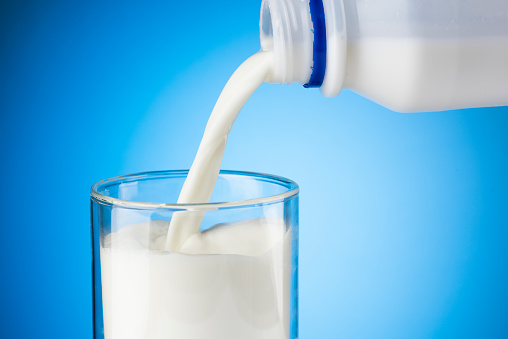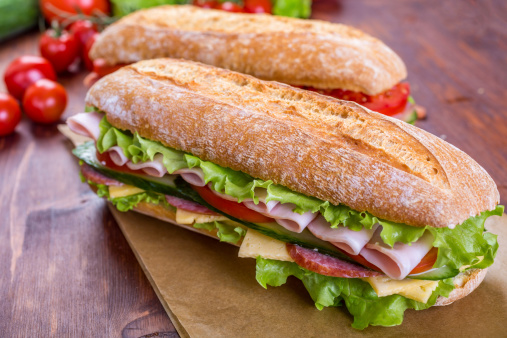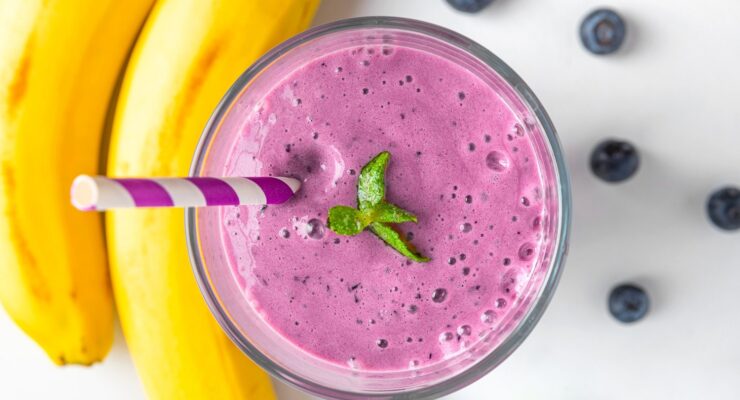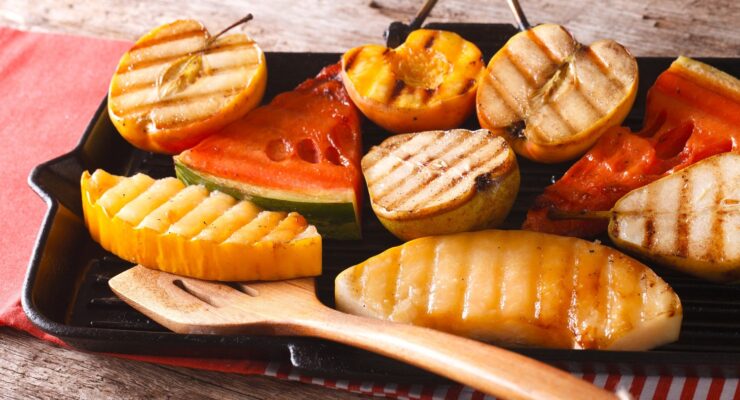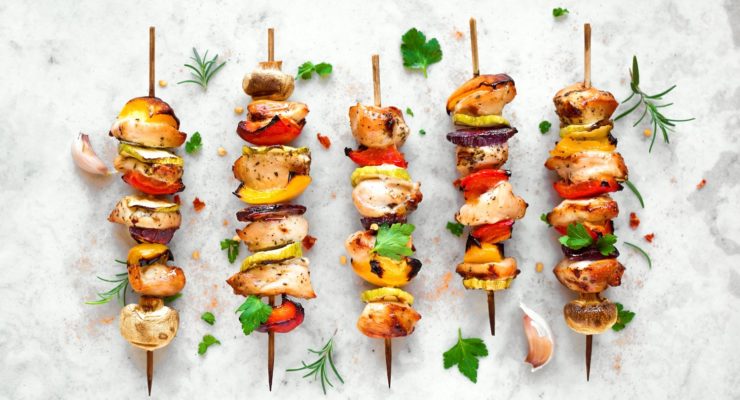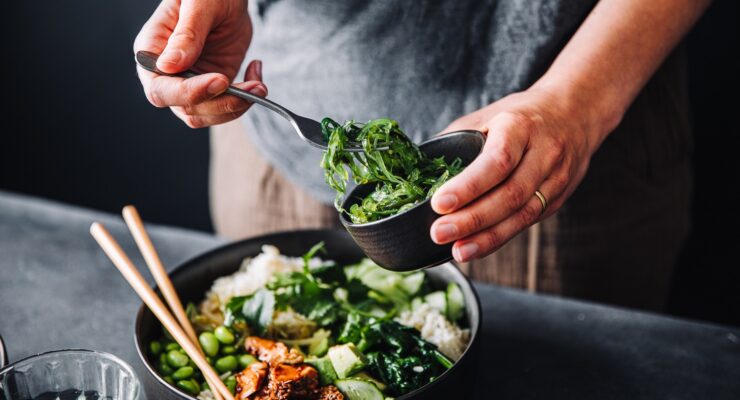How to Choose Your Cheese
Article posted in: Diet & Nutrition
Whether you’re adding a slice to your sandwich or pairing a piece with wine, grating and sprinkling or shredding to melt, there are countless ways to eat cheese and just as many varieties to choose from. Cheese is a rich source of calcium and protein, along with a number of essential vitamins and minerals. But as good as it may be for your bones (and taste buds), some types are high in saturated fat and sodium. Here are a few guidelines to help you choose your cheese wisely:
1. Skip Cheese “Products”
Some of those orange slices or blocks of American cheese you find pre-packaged in your supermarket’s dairy case are labeled just that: pasteurized processed cheese product or cheese food. There’s cheese in there, of course, but also a slew of emulsifiers, artificial flavors or colors. Natural cheeses, such as ricotta and fresh mozzarella, are better options.
2. Look for Reduced-Fat Versions
That means it’s made with either two percent or part-skim milk, which makes a difference: One slice of cheddar, for example, weighs in at 113 calories and 5.2 grams of saturated fat, compared to a slice of low-fat cheddar that contains 48 calories and 1.2 grams saturated fat. And whole-milk mozzarella contains about two more grams of fat per ounce than part-skim mozzarella.
3. Consider Sodium
Blue cheese is salty—one ounce contains 325 milligrams of sodium; processed cheese and feta also rank pretty high in the sodium department. And surprisingly, so does low-fat cottage cheese—one cup contains 918 milligrams of sodium (which is about 40 percent of how much you should have in an entire day). Look for the kind with no salt added, which only has 29 milligrams sodium per cup. It’s worth the same effort with Parmesan: Grated, it contains 90 milligrams of sodium per tablespoon, low-sodium parm has three milligrams of sodium. Other cheeses that tend to be lower in sodium include Swiss, ricotta and cream cheese.
4. Strong Flavors Help with Portion Control
Especially when you really want a full-fat cheese, choosing sharp varieties (such as Parmigiano-Reggiano, for example) helps deliver more flavor with less actual cheese.

